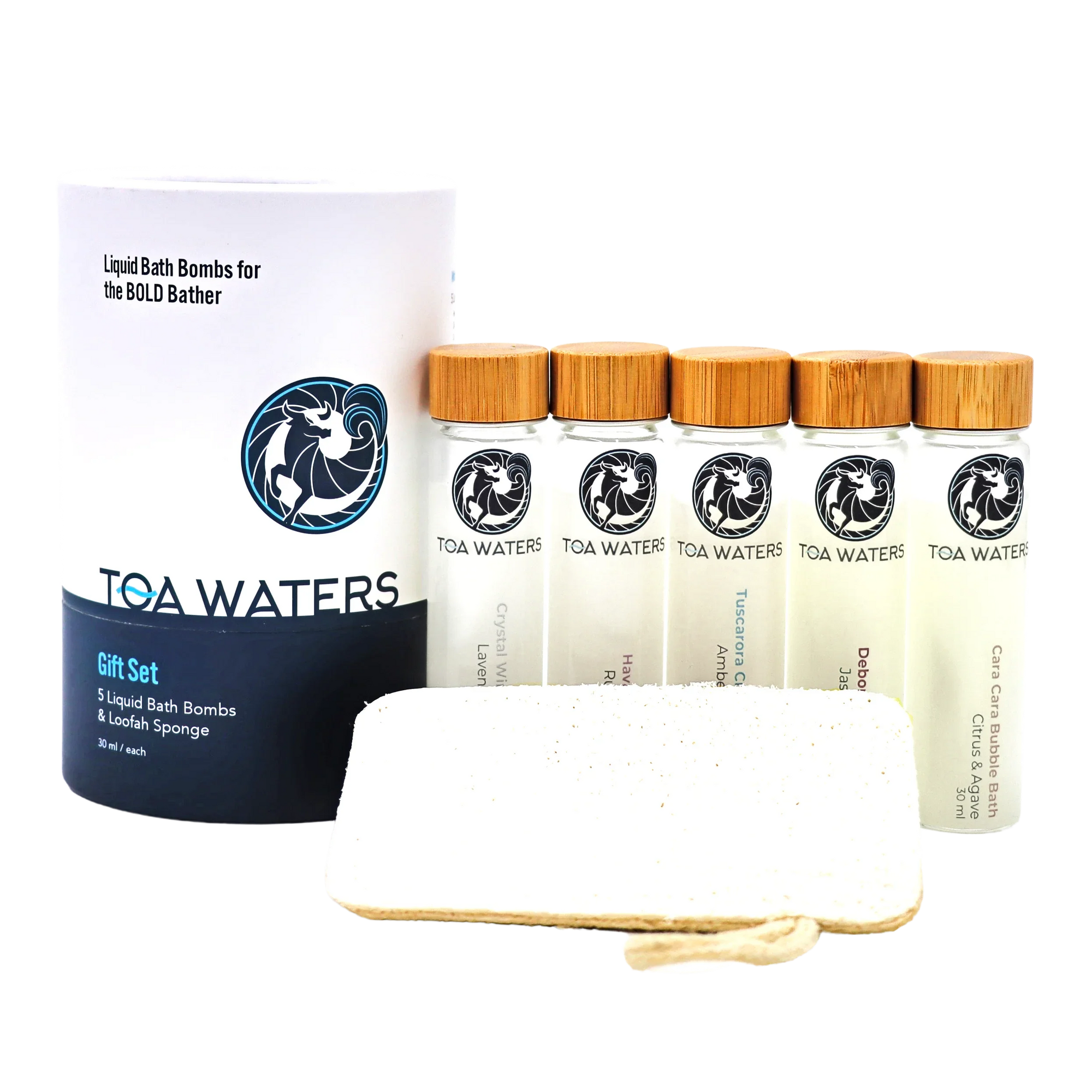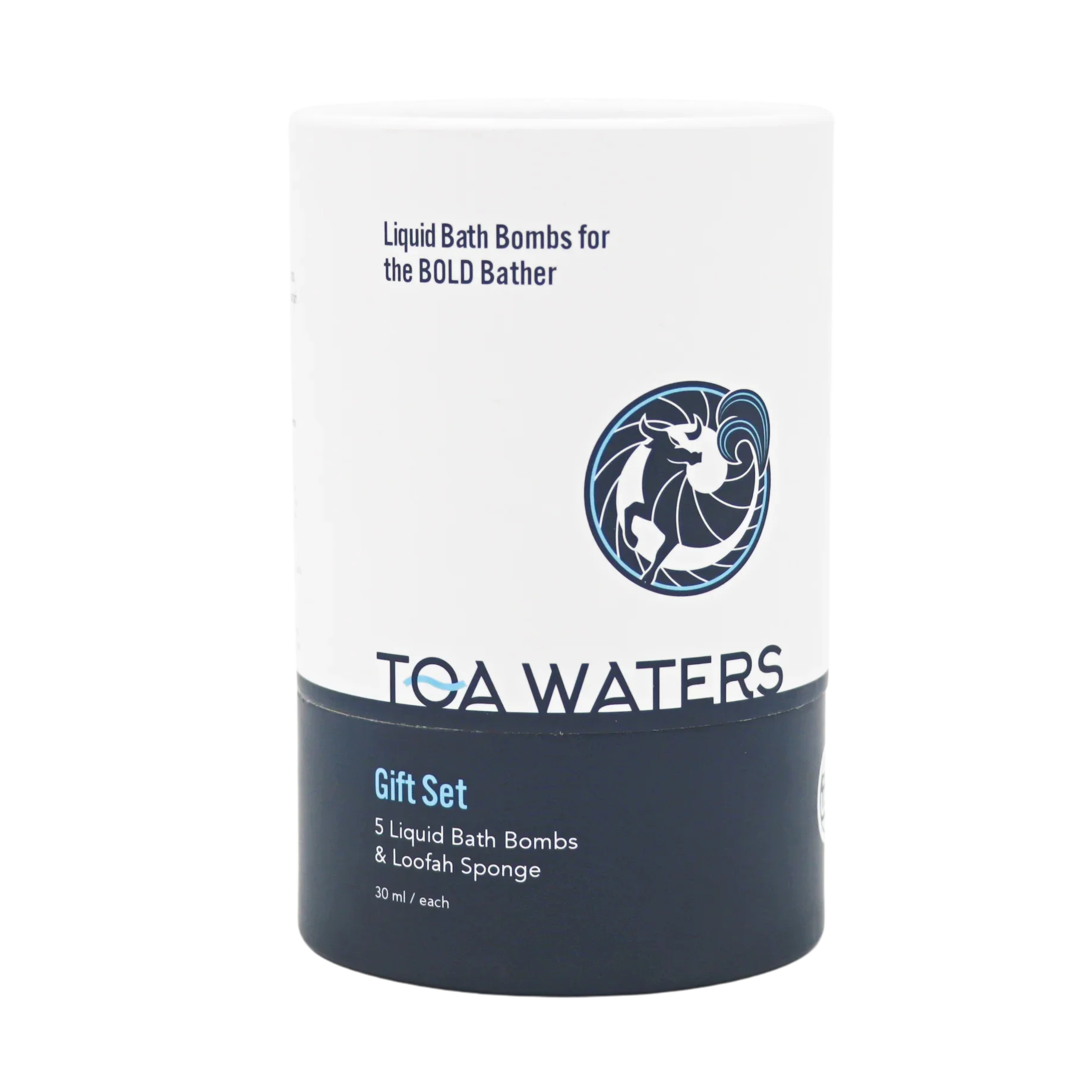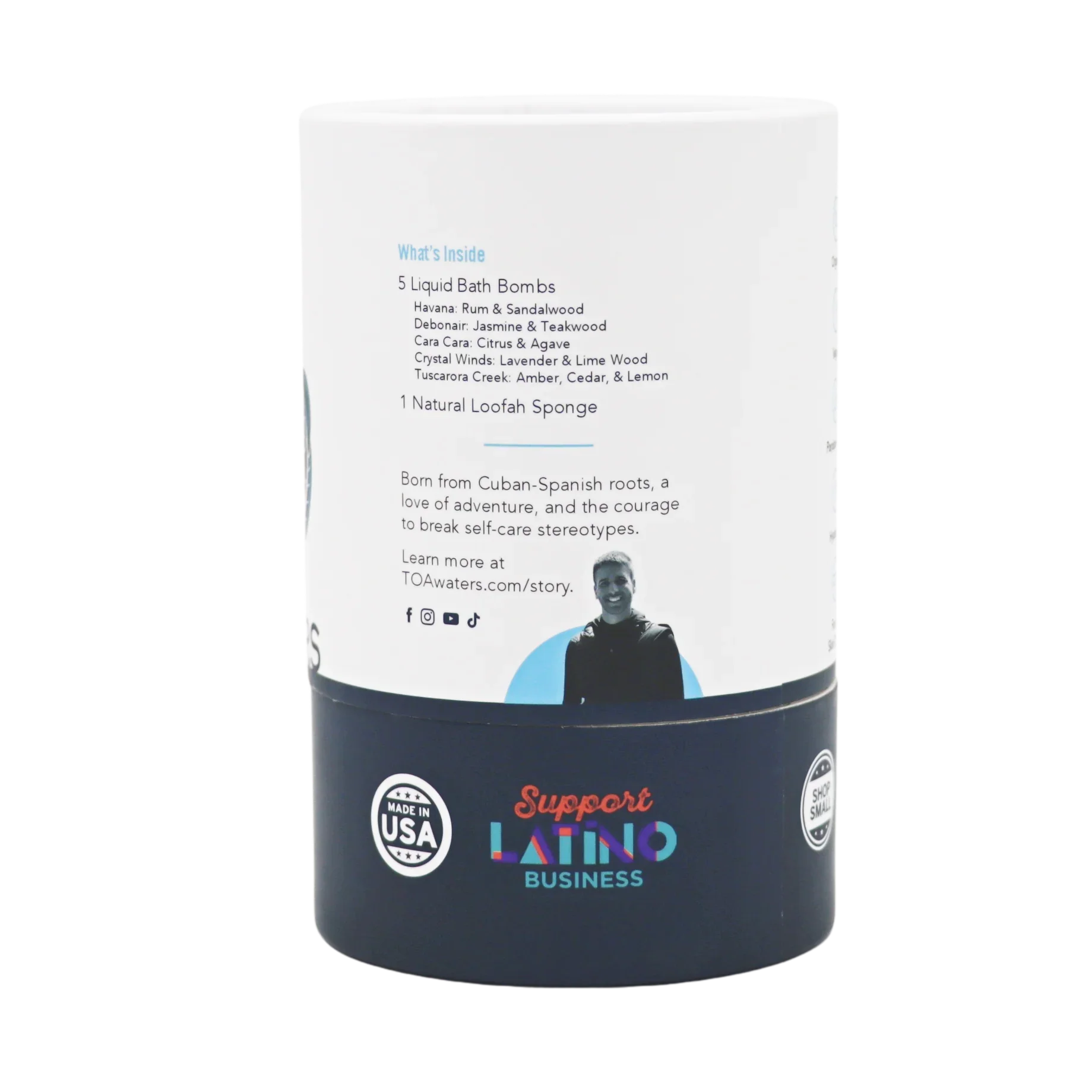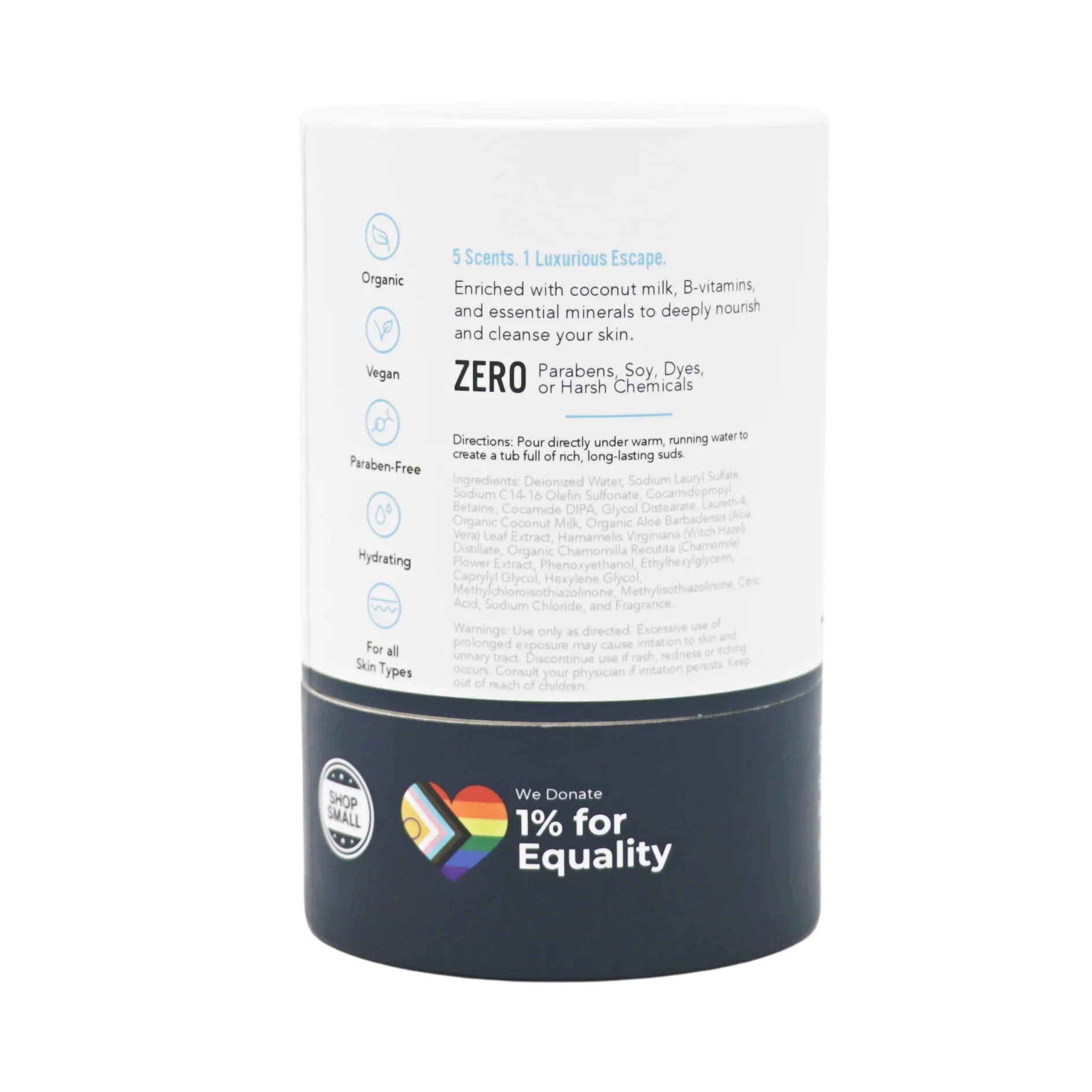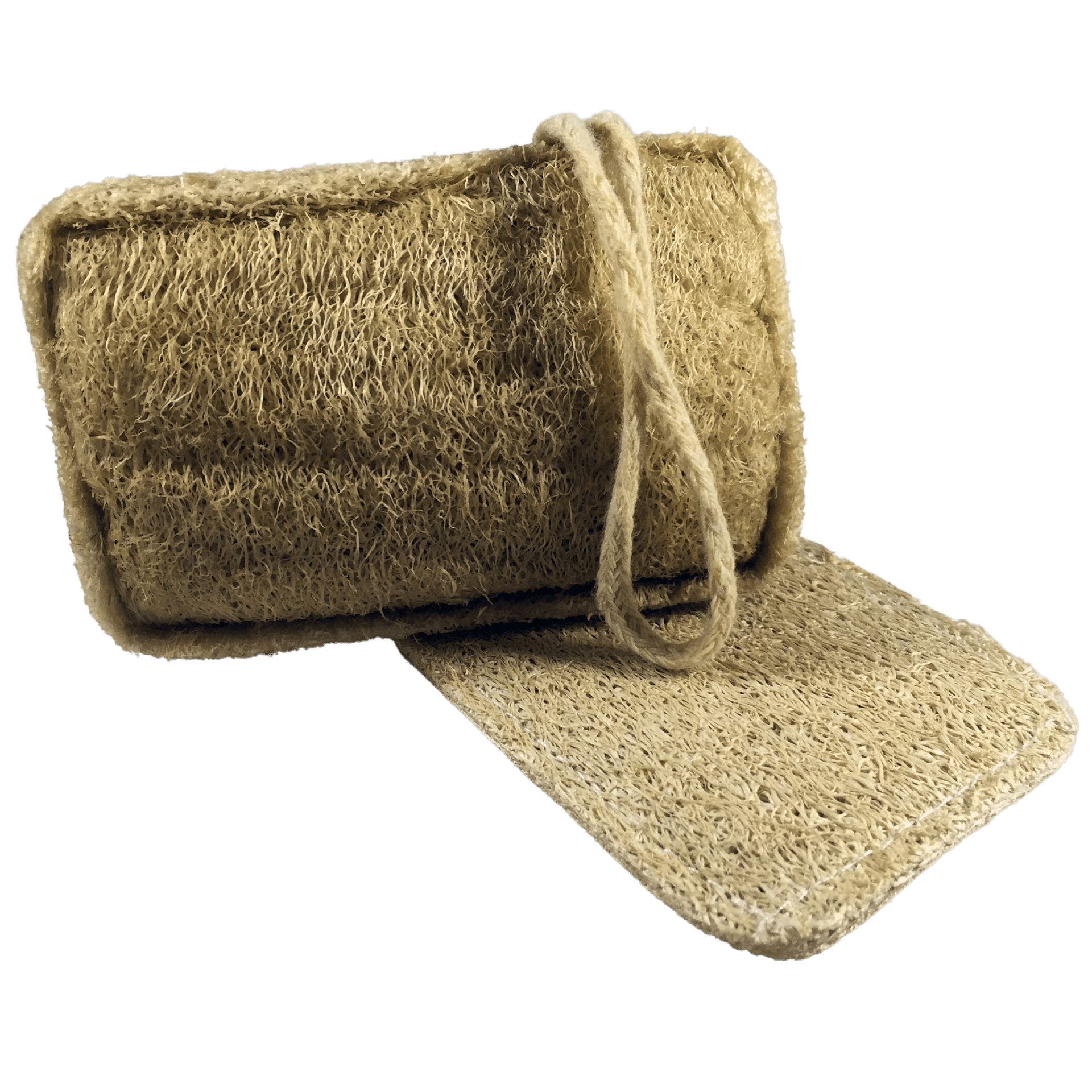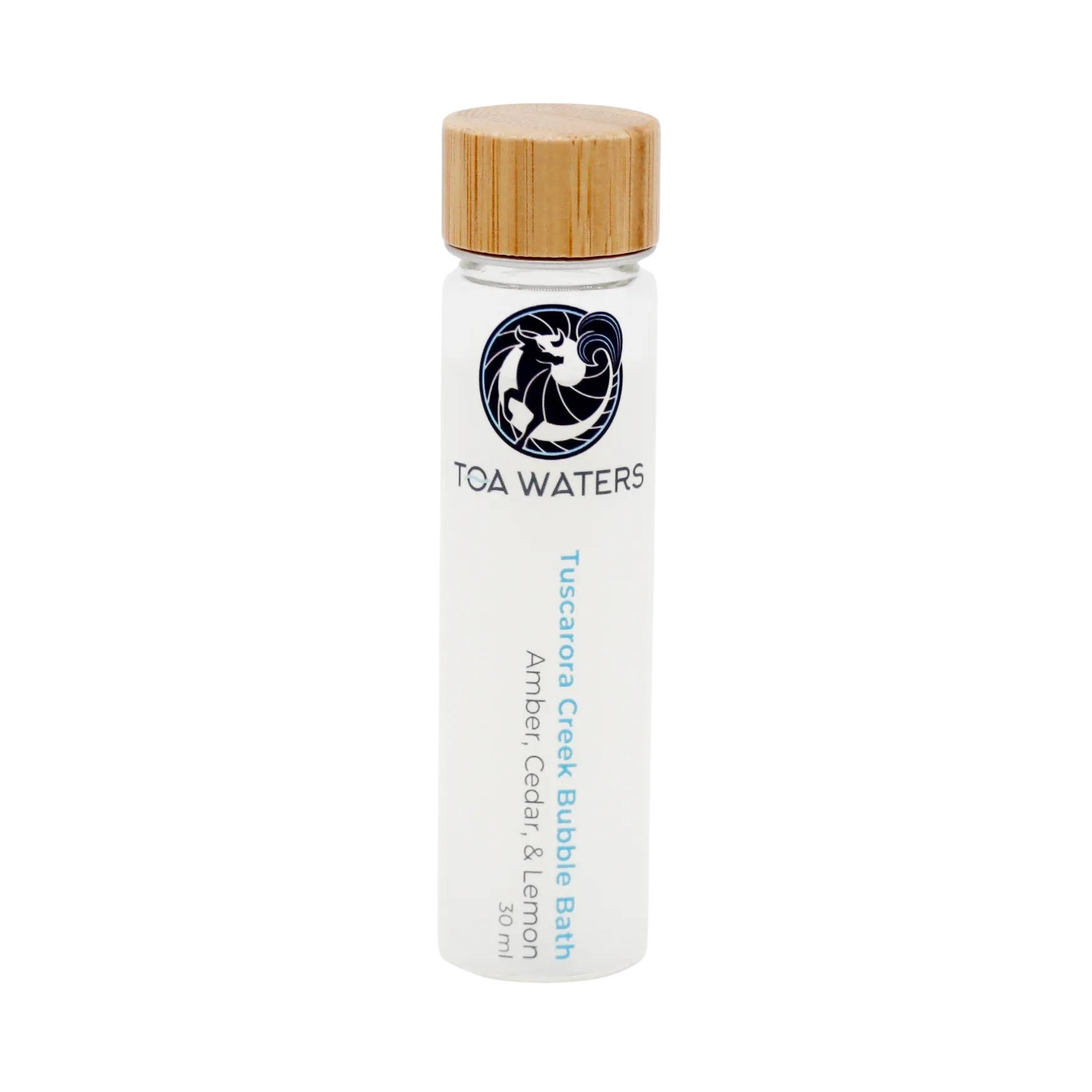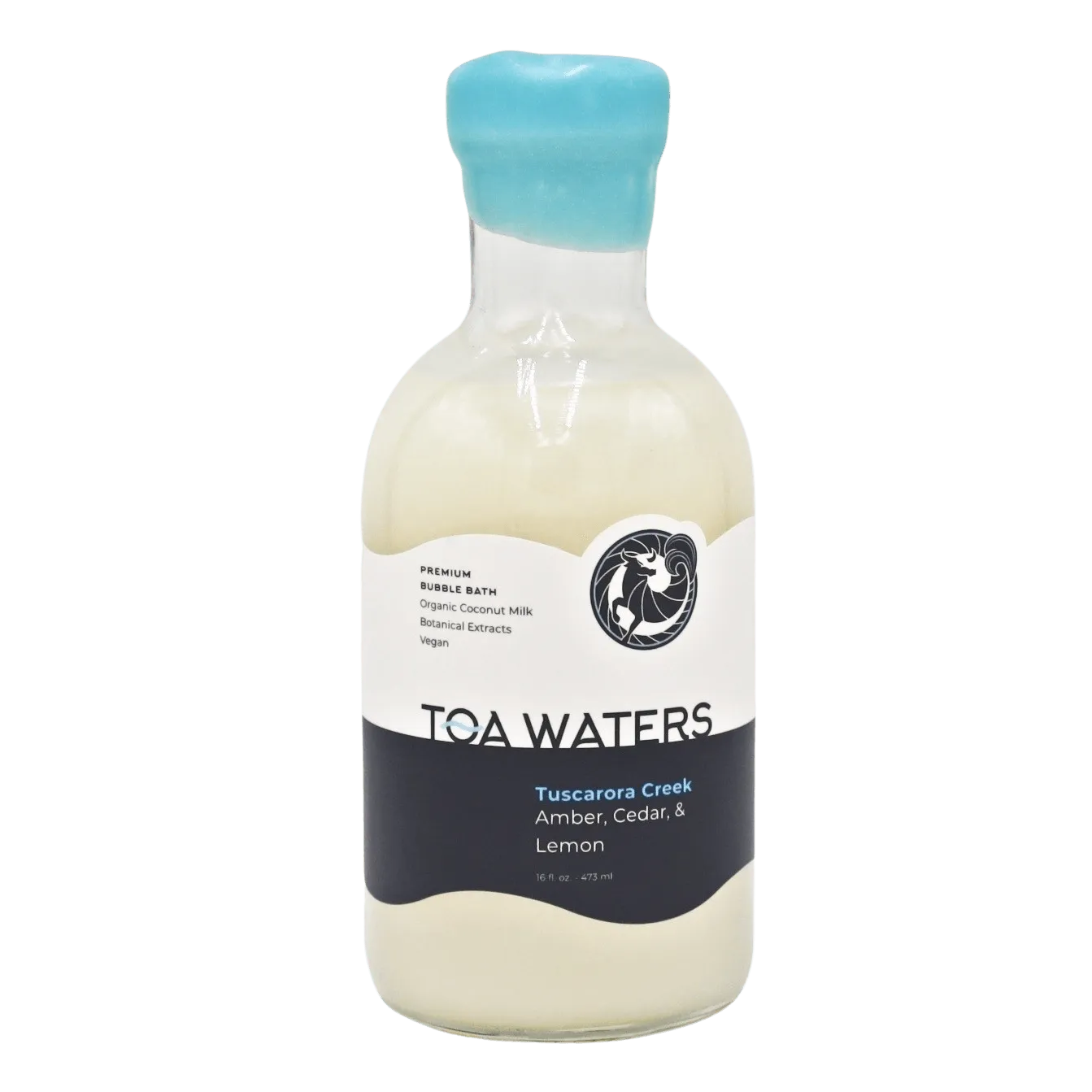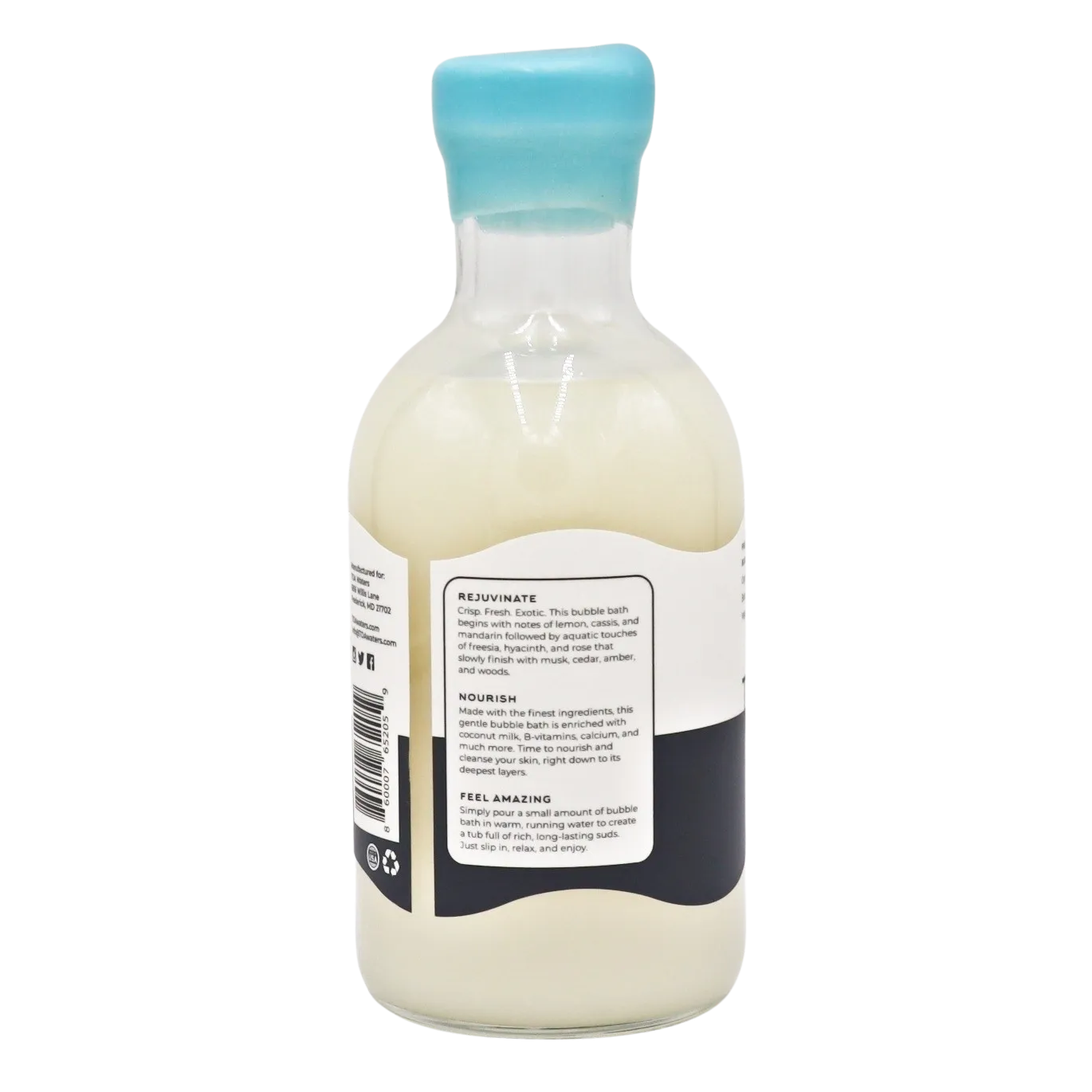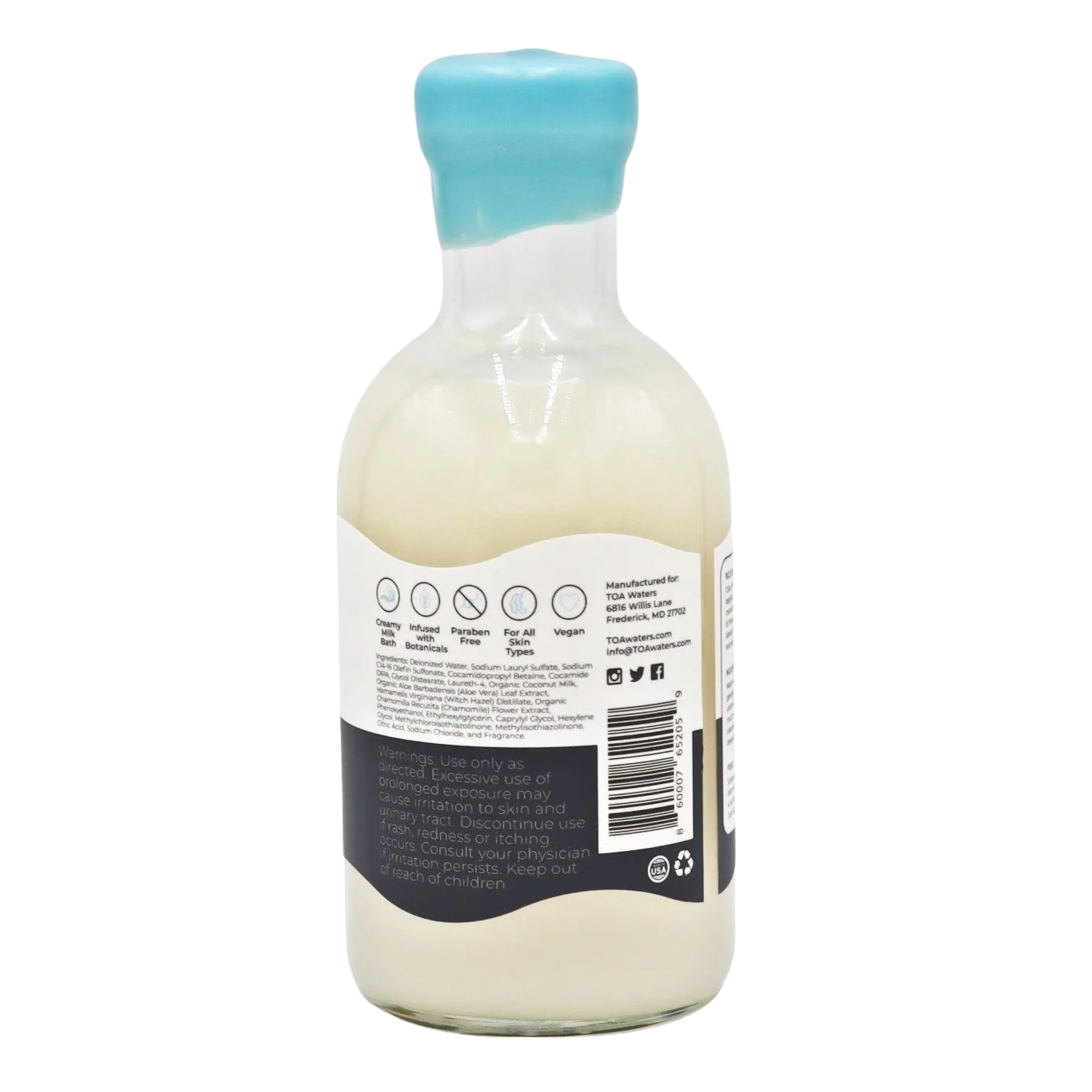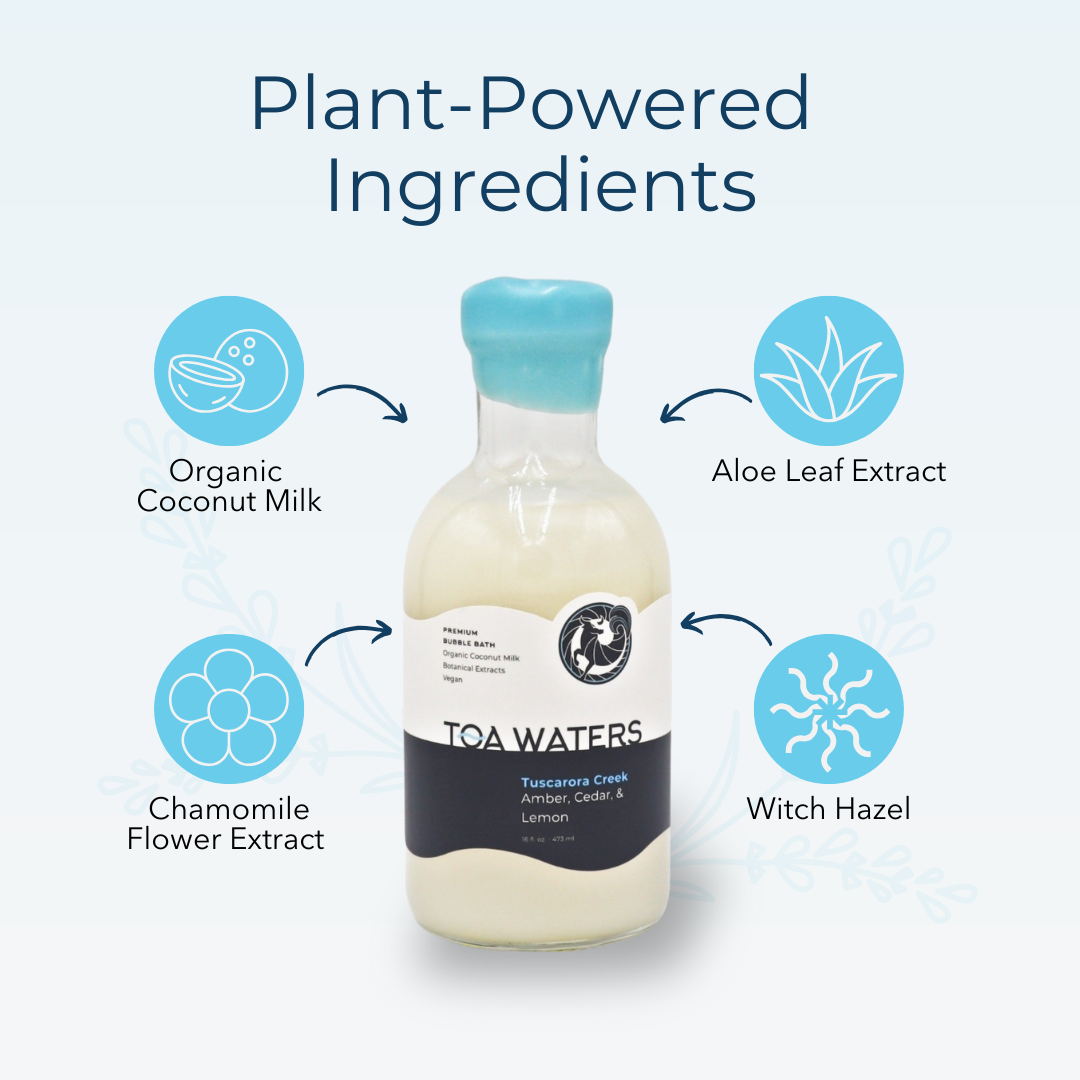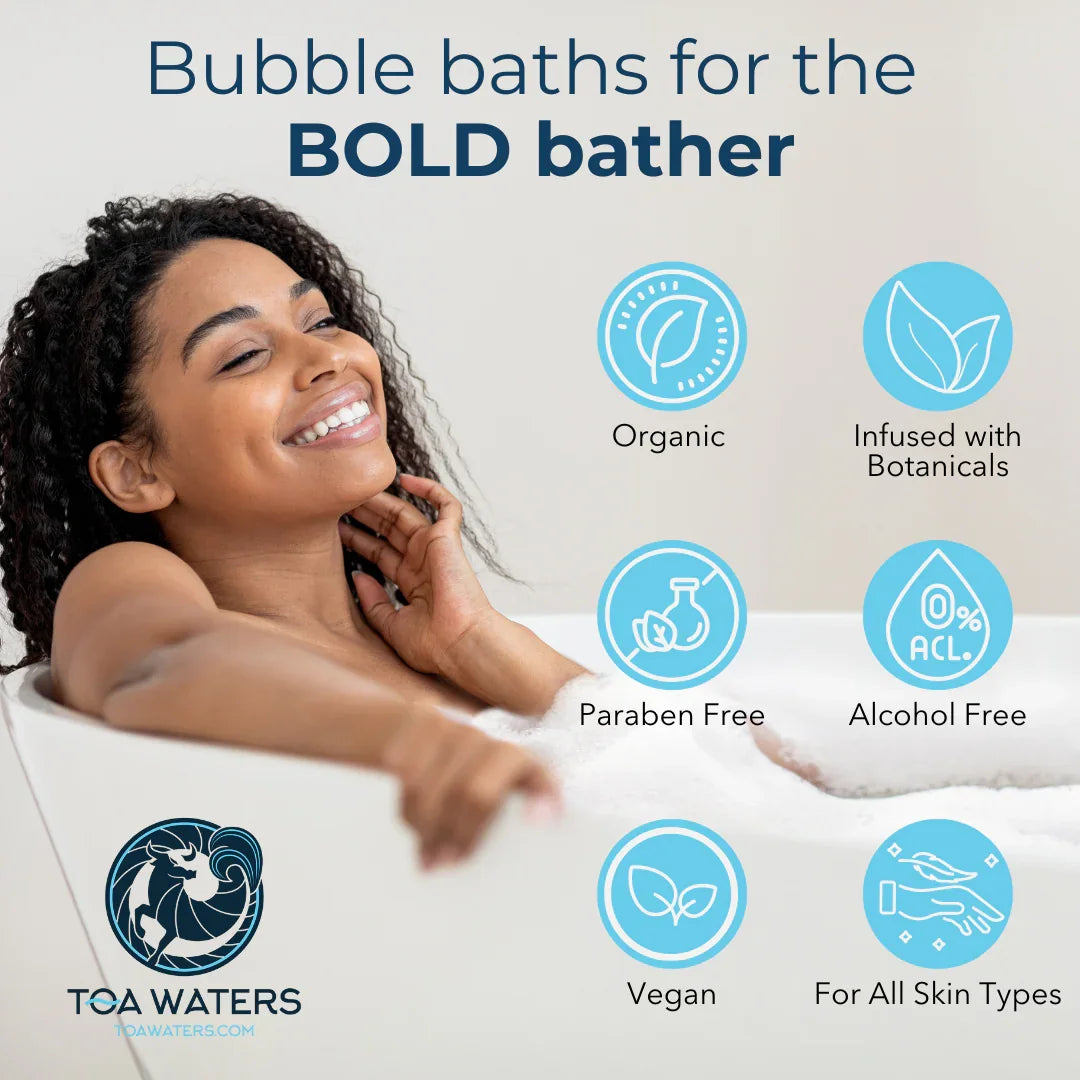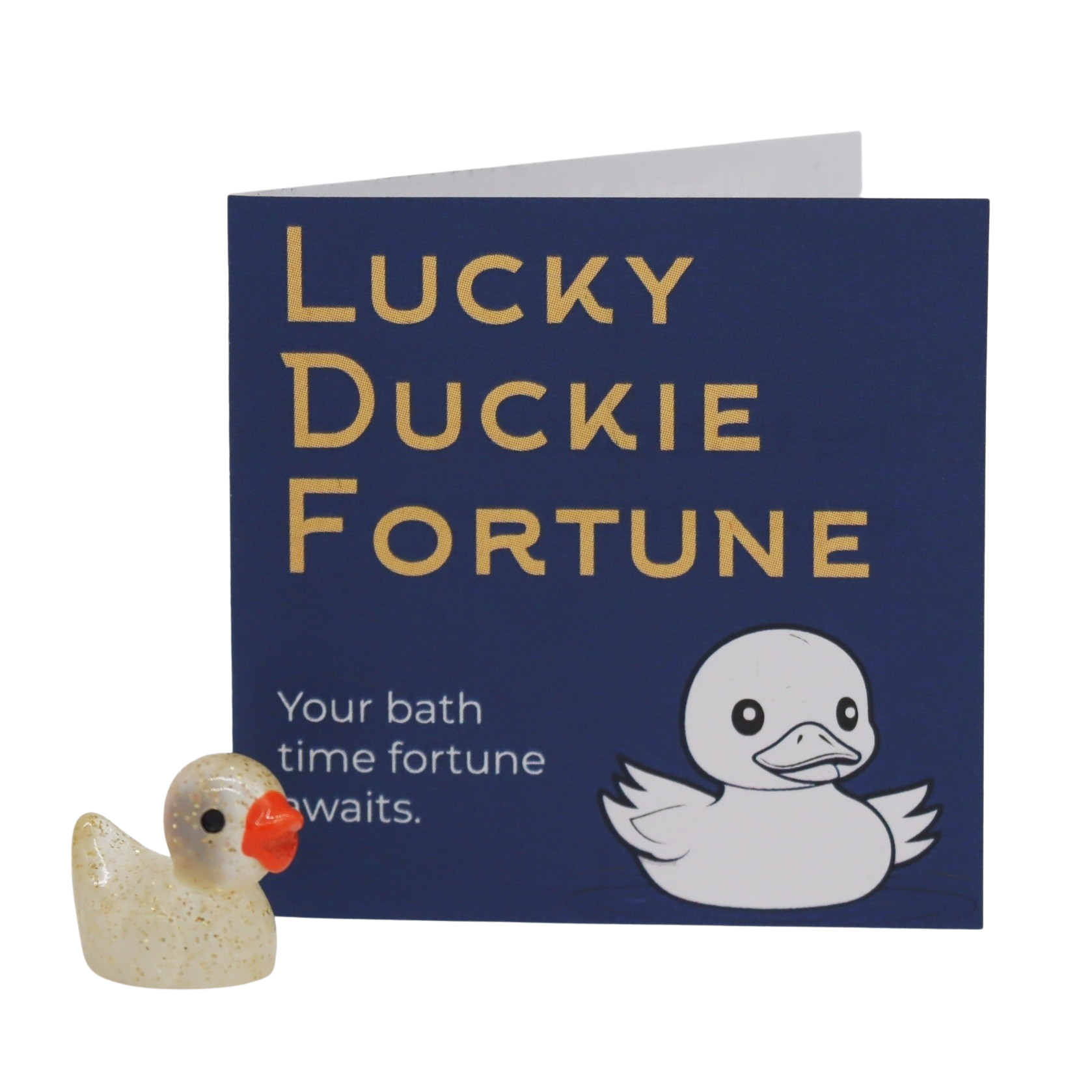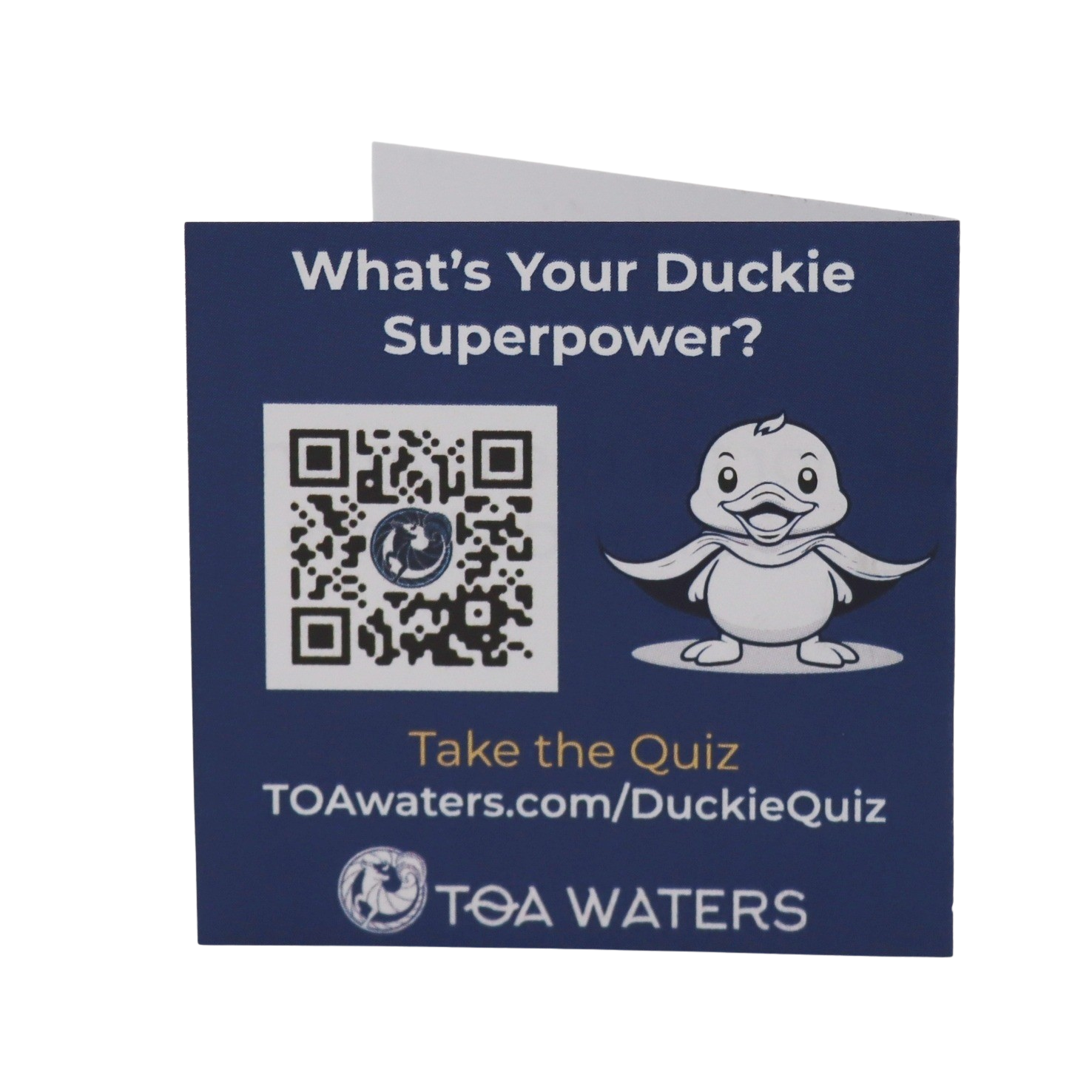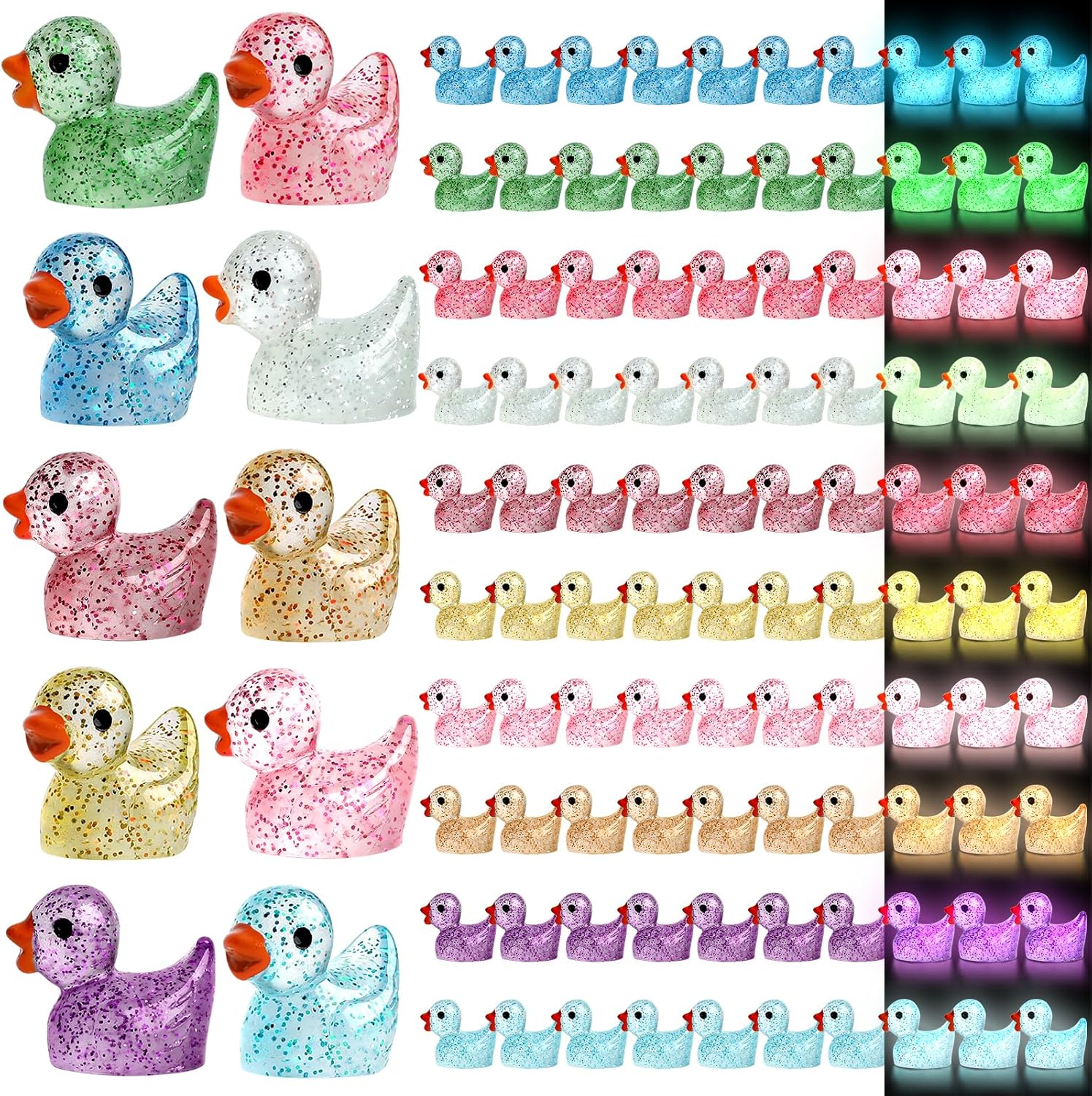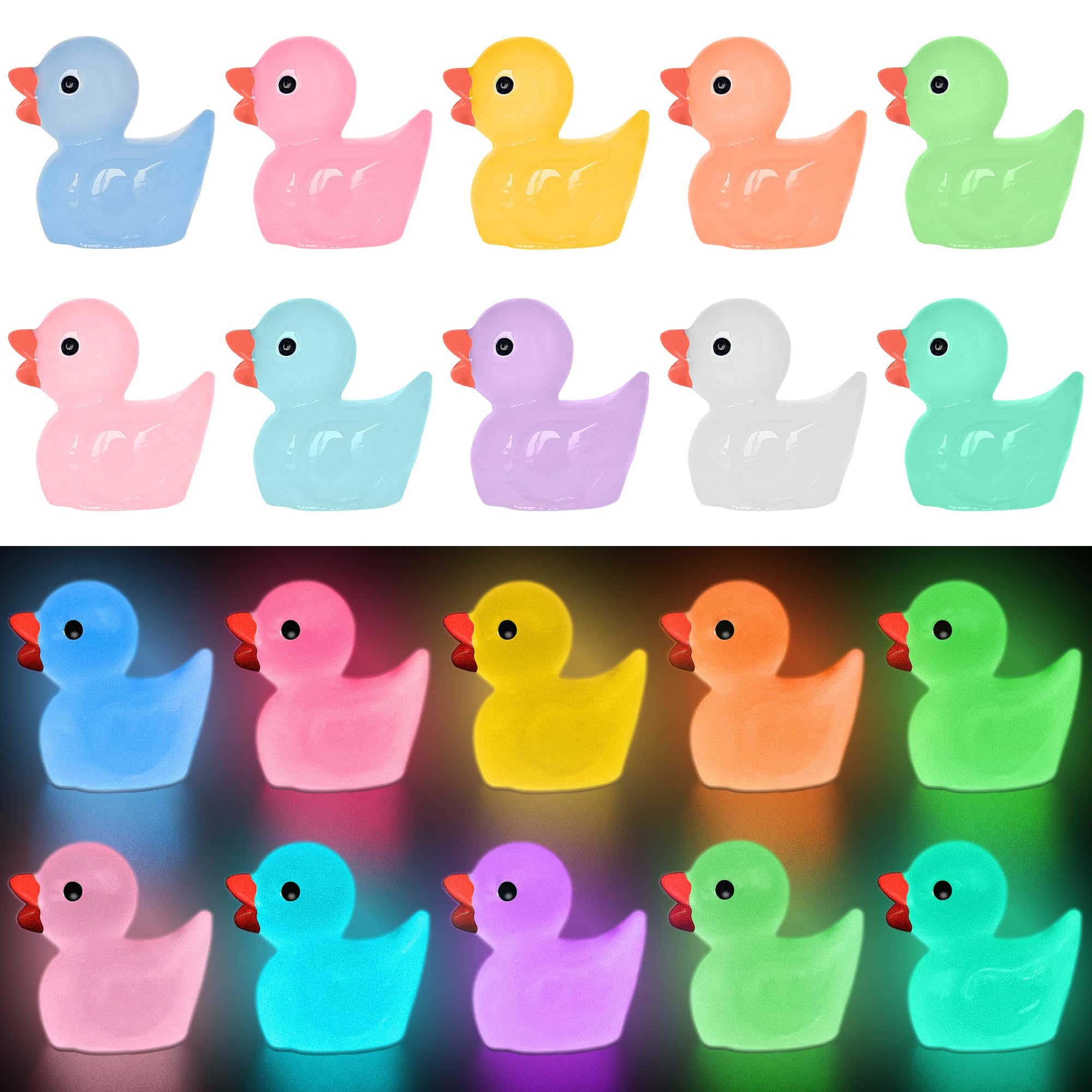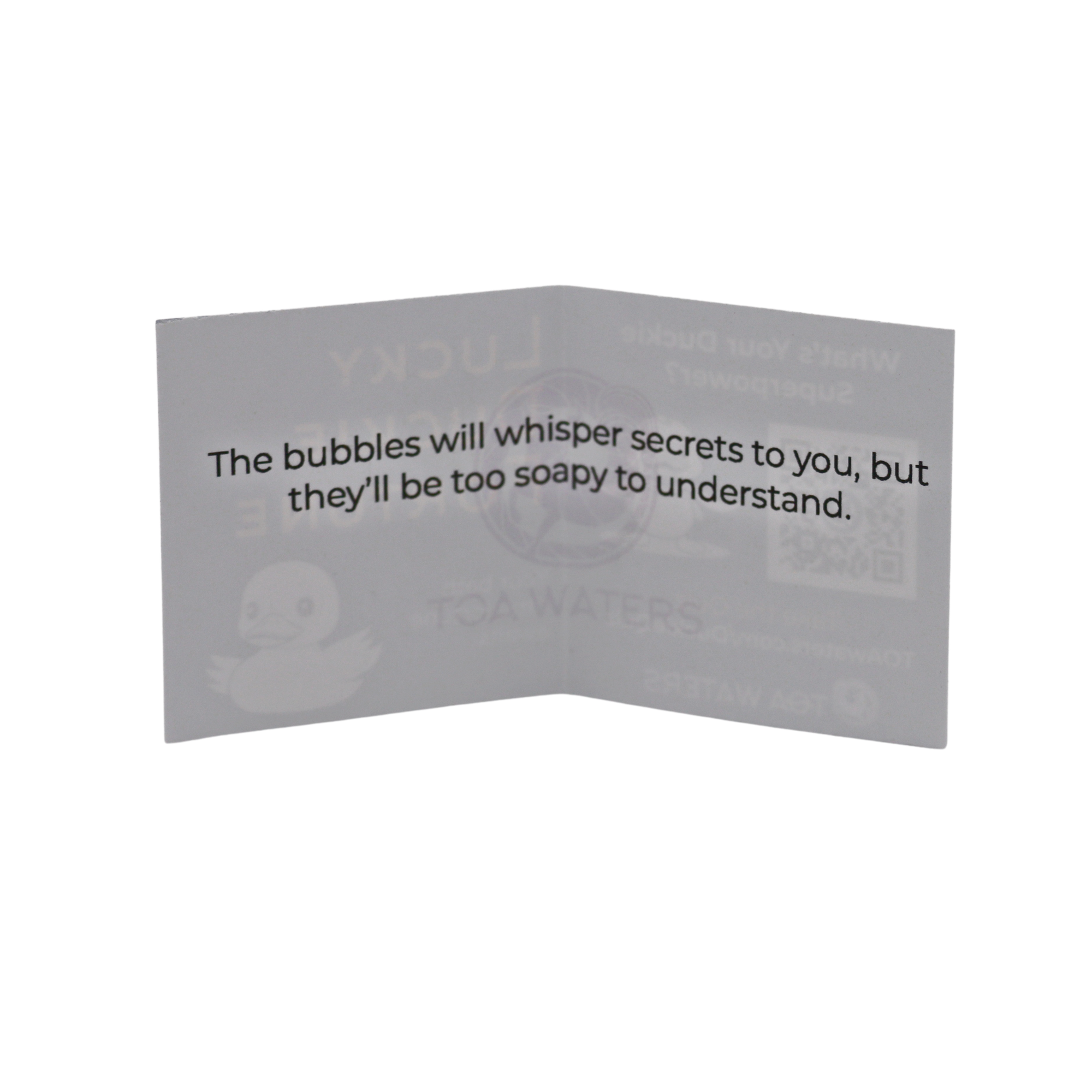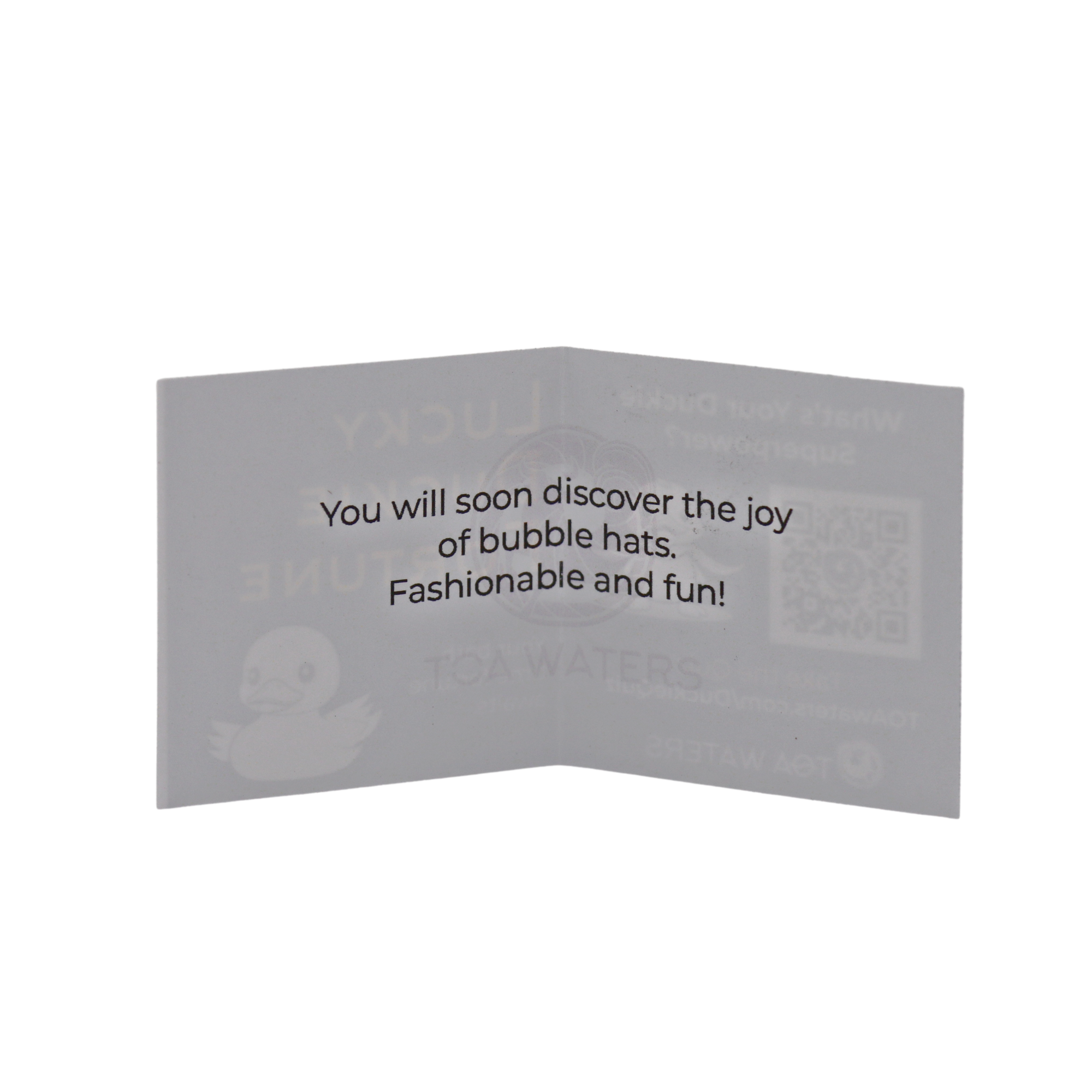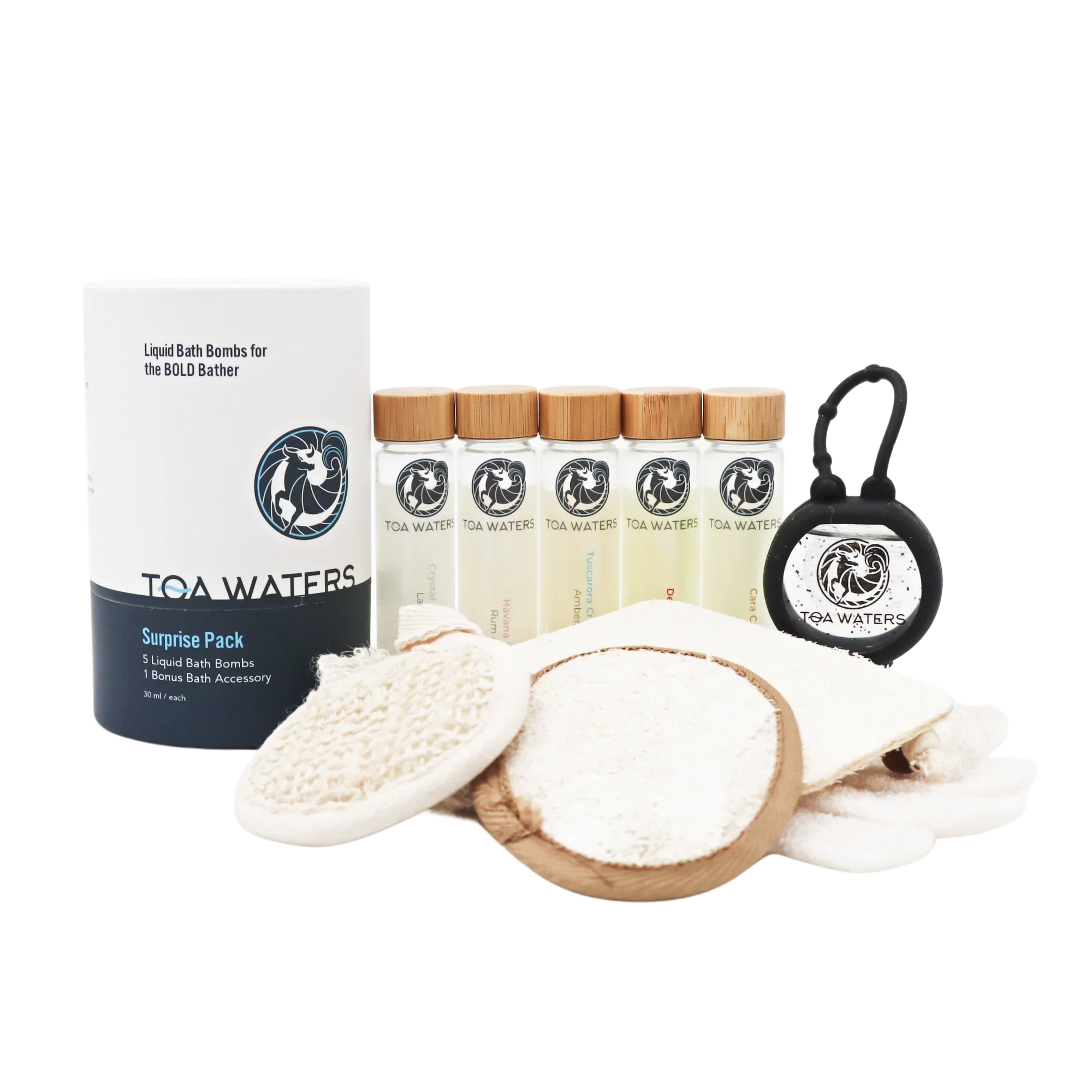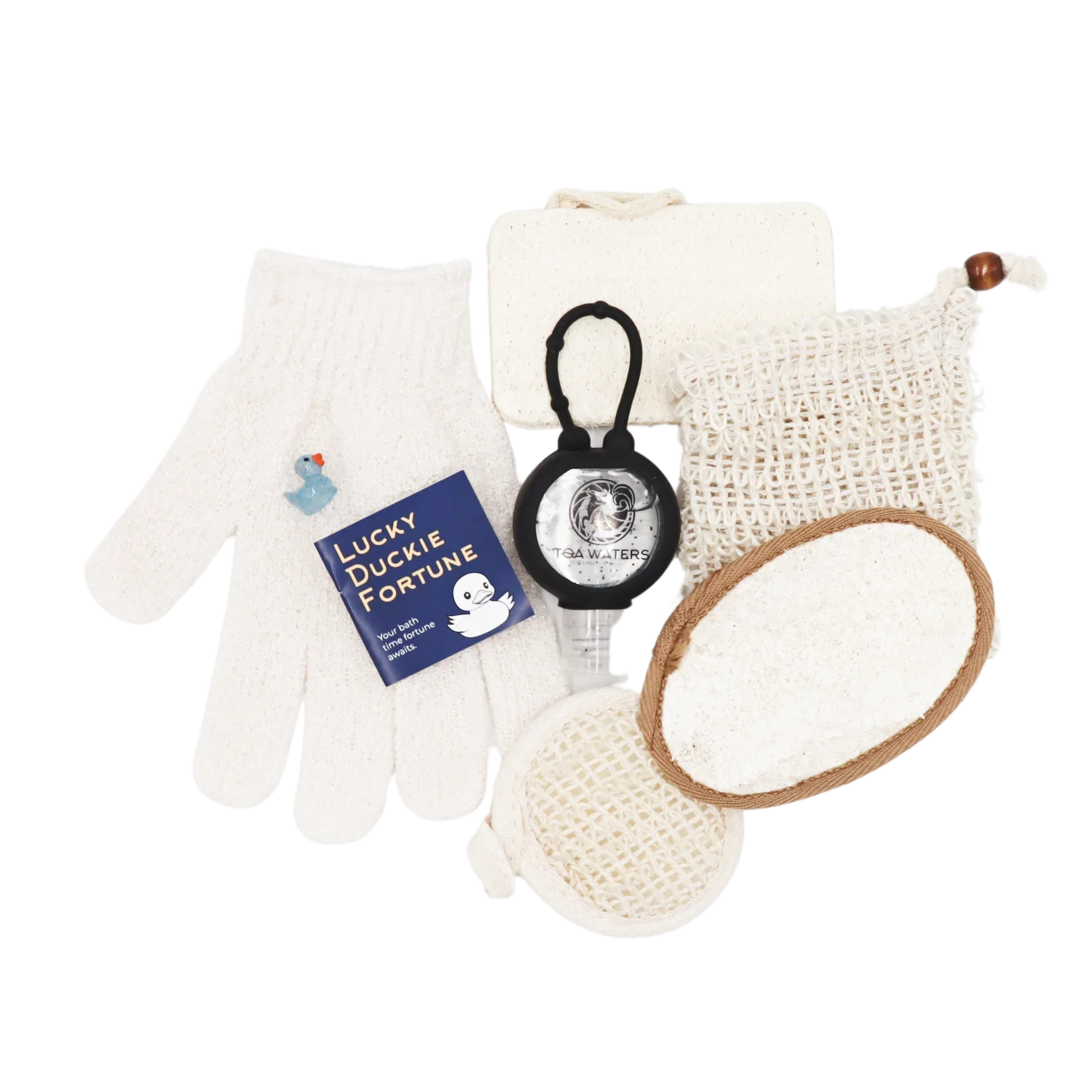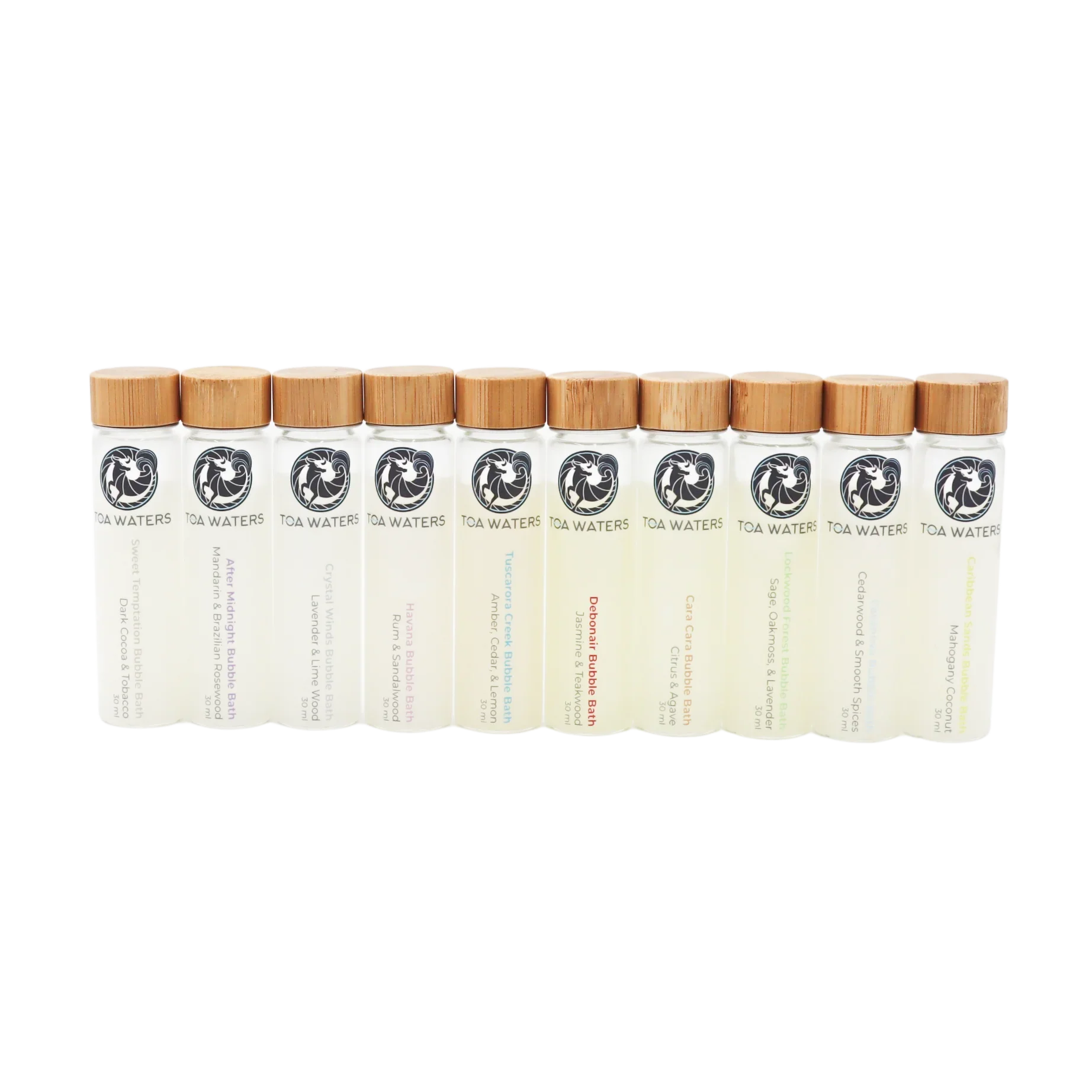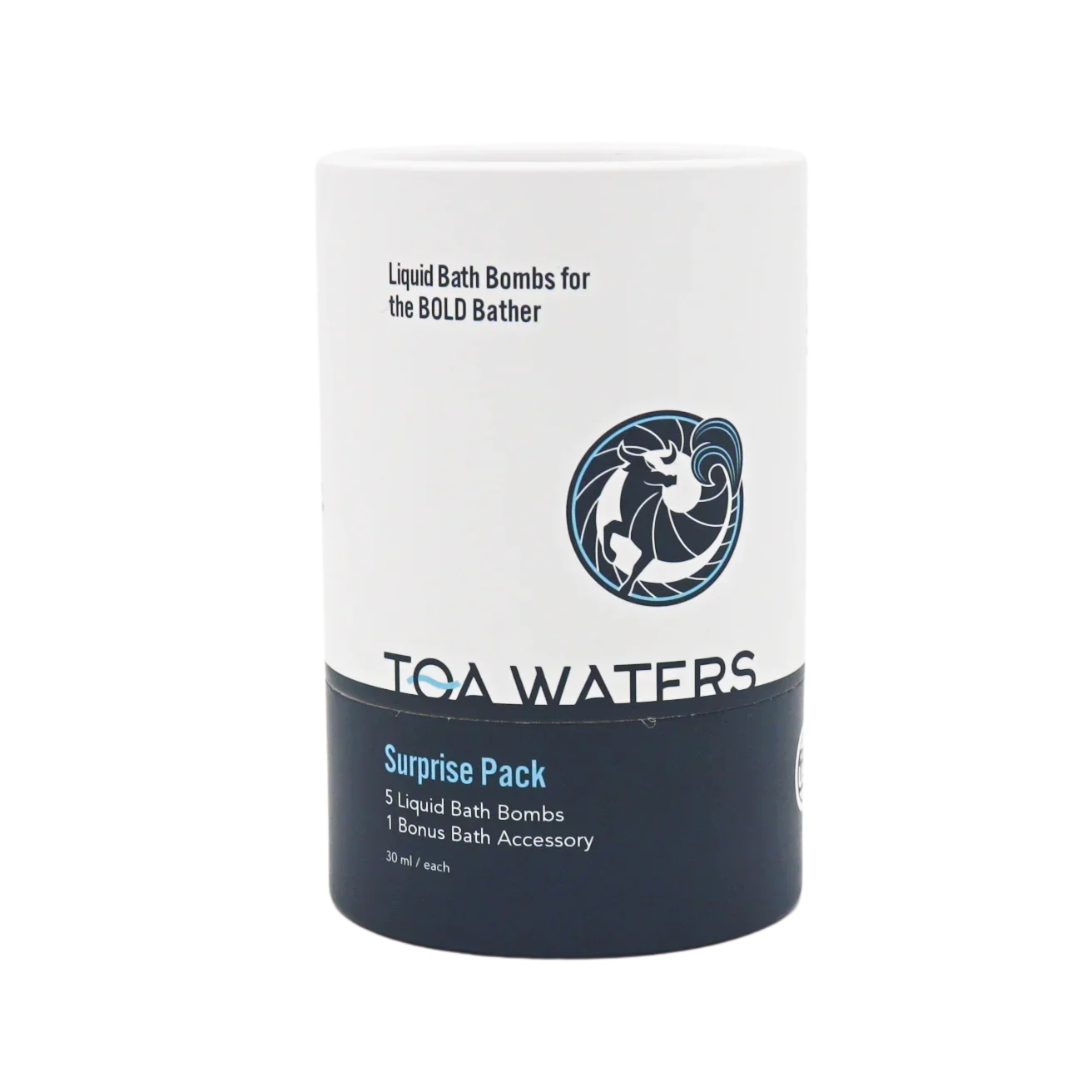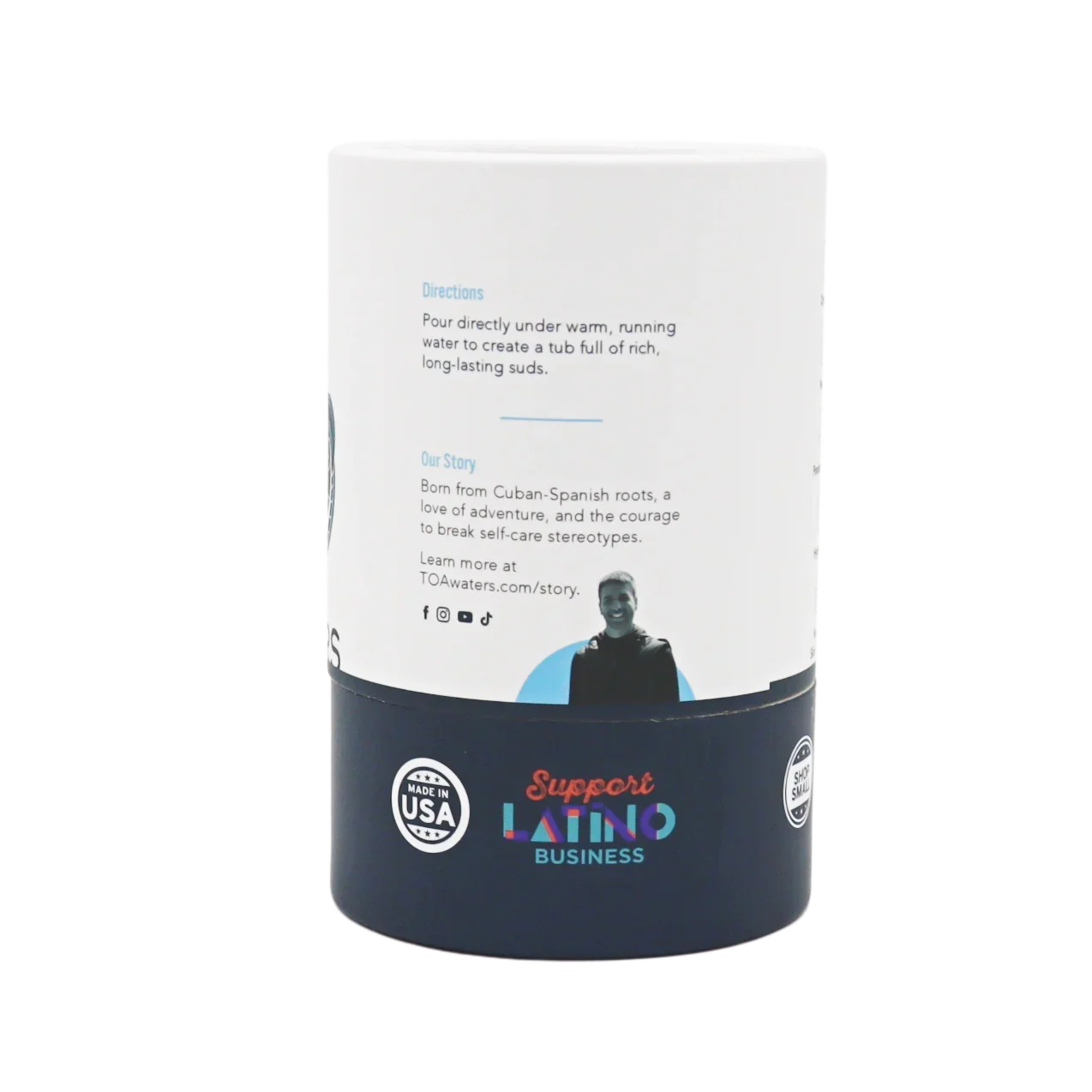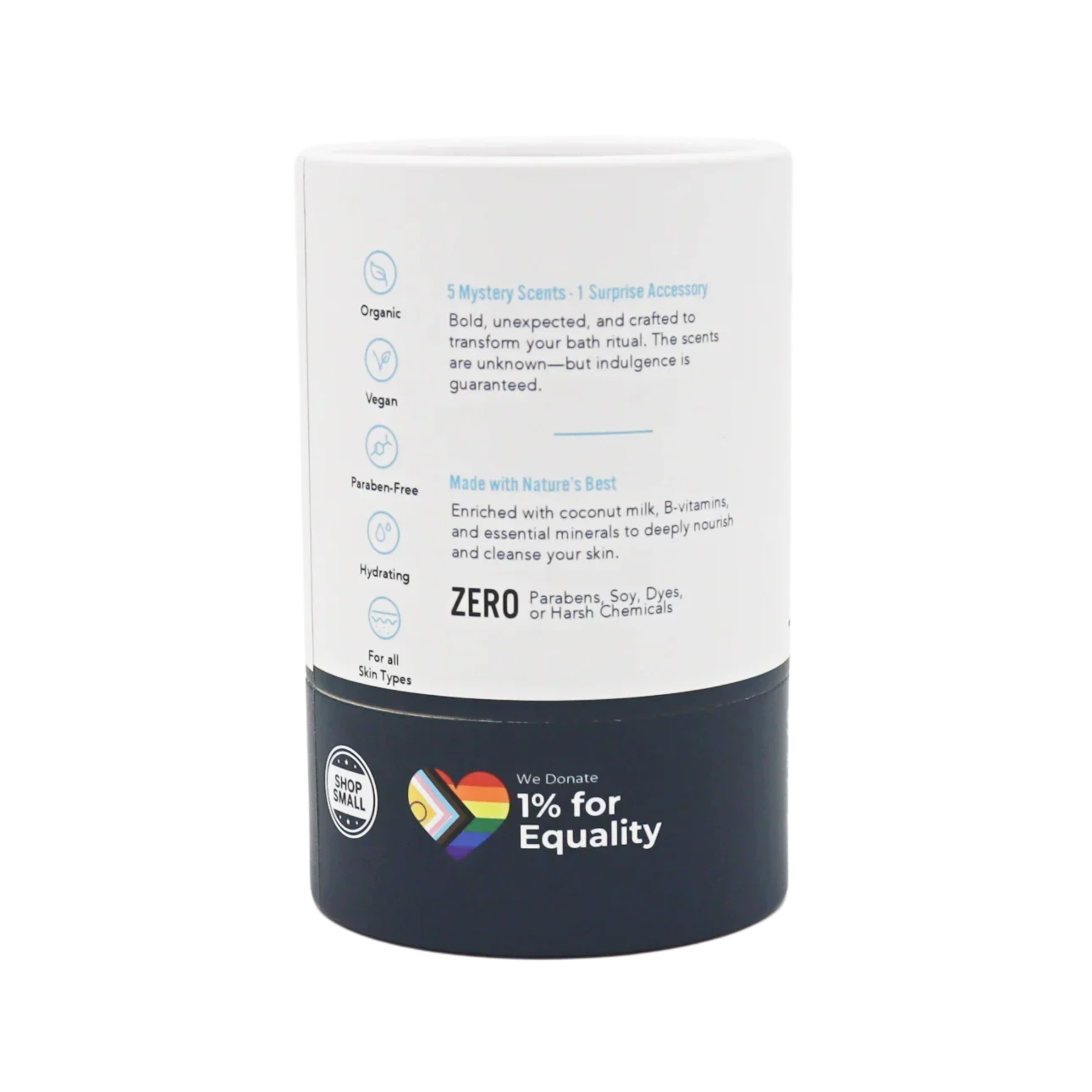In today’s fast-paced world, it’s easy to forget the importance of slowing down and taking time for yourself. That’s why National Relaxation Day, celebrated on August 15th, is the perfect opportunity to press pause and prioritize your well-being. And what could be more relaxing than a luxurious bubble bath? Whether you’re a bath enthusiast or someone who rarely indulges, this guide will help you create the ultimate bath experience.
Why a Bubble Bath?
A bubble bath isn’t just about getting clean—it’s a ritual that engages all the senses. The warm water soothes tired muscles, the bubbles create a playful and calming environment, and the scents and ambiance set the tone for deep relaxation. Plus, soaking in a bath can help lower stress levels, improve circulation, and even boost your mood.
Step 1: Set the Mood
Creating the right atmosphere is key to a truly relaxing bath. Here’s how to set the scene:
- Lighting: Dim the lights or, better yet, light some candles to create a soft, soothing glow.
- Music: Play calming music, nature sounds, or even a guided meditation to help quiet your mind.
- Aromatherapy: Use essential oils or bath products with soothing scents like lavender, chamomile, or eucalyptus to enhance the relaxing vibe.
Step 2: Choose the Right Bath Products
The products you use can make or break your bubble bath experience. Here are some essentials to consider:
- Bubble Bath: Opt for a high-quality bubble bath product that’s gentle on the skin and creates luxurious bubbles. Look for formulas that contain moisturizing ingredients like aloe vera or shea butter to keep your skin soft and hydrated.
- Bath Salts: Epsom salts are perfect for easing sore muscles and detoxifying the body. Choose bath salts with added essential oils for an extra layer of relaxation.
Step 3: Prepare the Perfect Bath
Now that you’ve set the mood and chosen your products, it’s time to draw the bath:
- Temperature: Aim for a water temperature that’s warm but not too hot—around 92°F to 100°F is ideal for relaxation without drying out your skin.
- Bubbles: Pour your bubble bath into the running water as the tub fills to create a mountain of luxurious bubbles. For extra fun, consider experimenting with different scents and colors.
- Extras: Add a few drops of your favorite essential oil directly into the bathwater for an aromatherapy boost. You can also sprinkle in some rose petals or herbs like mint or rosemary for a spa-like experience.
Step 4: Enjoy Your Time
Once your bath is ready, it’s time to unwind:
- Soak: Sink into the water, close your eyes, and let the stress melt away. Use this time to meditate, reflect, or simply enjoy the moment.
- Hydrate: Keep a glass of water or herbal tea nearby to stay hydrated while you soak.
- Treat Yourself: If you want to take your relaxation to the next level, enjoy a small indulgence like dark chocolate or a glass of wine while you bathe.
Step 5: Post-Bath Pampering
Your relaxation doesn’t have to end when you step out of the tub:
- Moisturize: After drying off, apply a rich moisturizer or body oil to lock in hydration and keep your skin feeling soft and smooth.
- Comfy Clothes: Slip into your coziest robe or pajamas to prolong the feeling of relaxation.
- Extend the Relaxation: Continue the calm with a light activity like reading, journaling, or enjoying a cup of tea before bed.
Relaxation Is a Necessity, Not a Luxury
On National Relaxation Day, give yourself permission to take a break and unwind. A bubble bath is more than just a way to clean up—it’s a ritual that can help you recharge, rejuvenate, and reconnect with yourself. So go ahead, draw that bath, and let the relaxation begin. You deserve it.
Works Cited:
- “The Science of Relaxation: How a Bubble Bath Can Improve Your Well-Being.” Healthline, 2024.
- “Aromatherapy and Relaxation: The Benefits of Essential Oils.” Mayo Clinic, 2023.
- “Why Bubble Baths Are Good for Your Mental Health.” Psychology Today, 2023.








